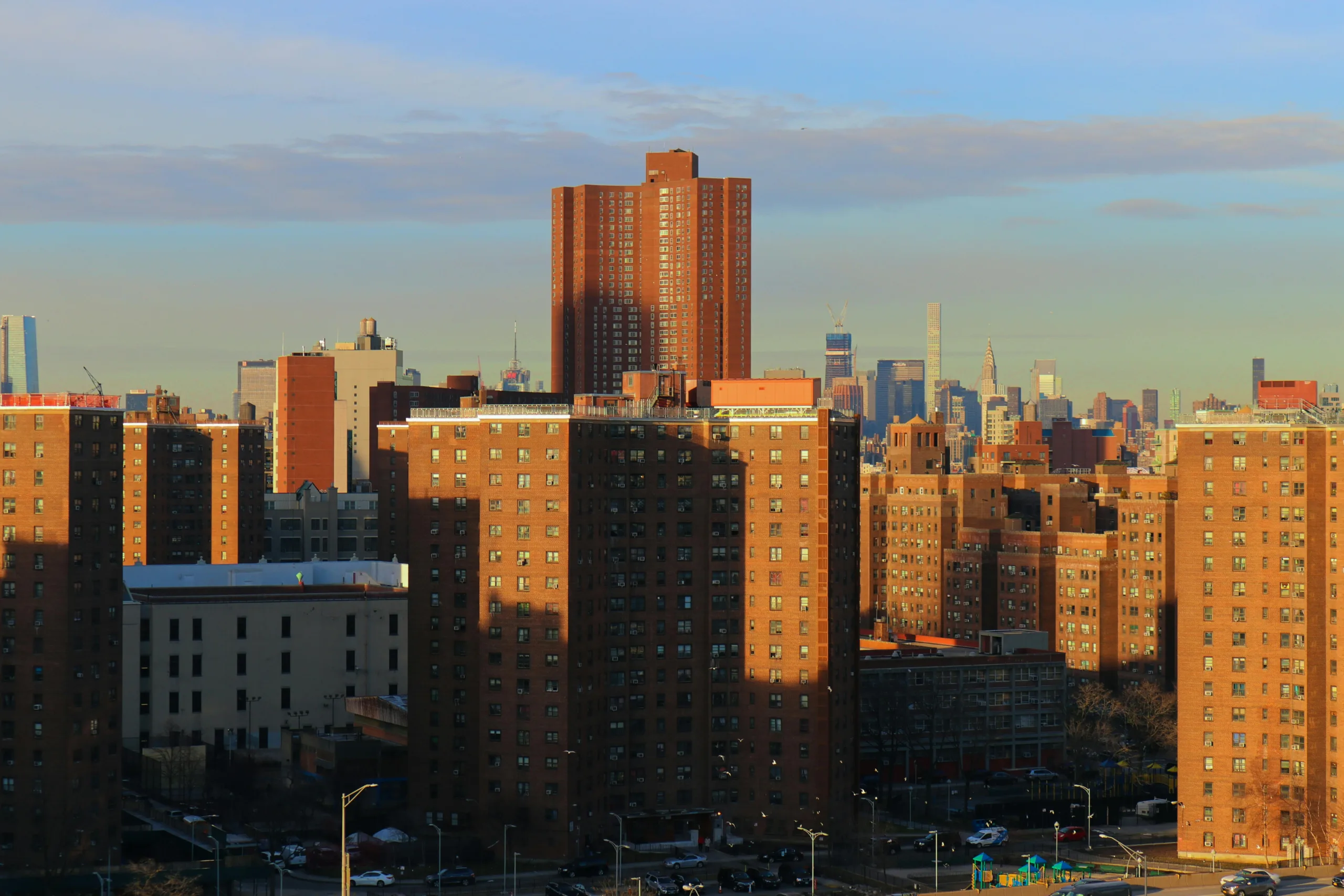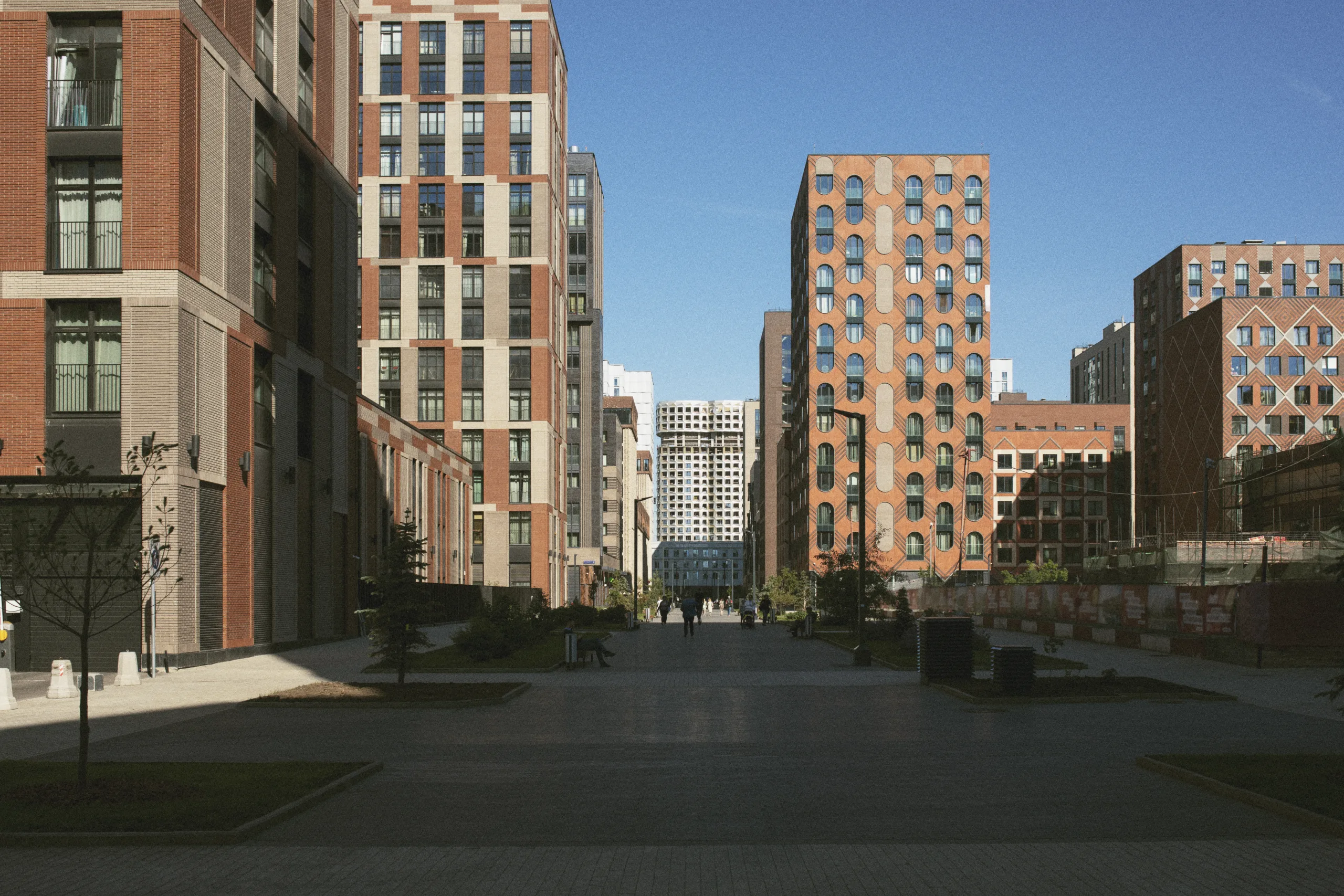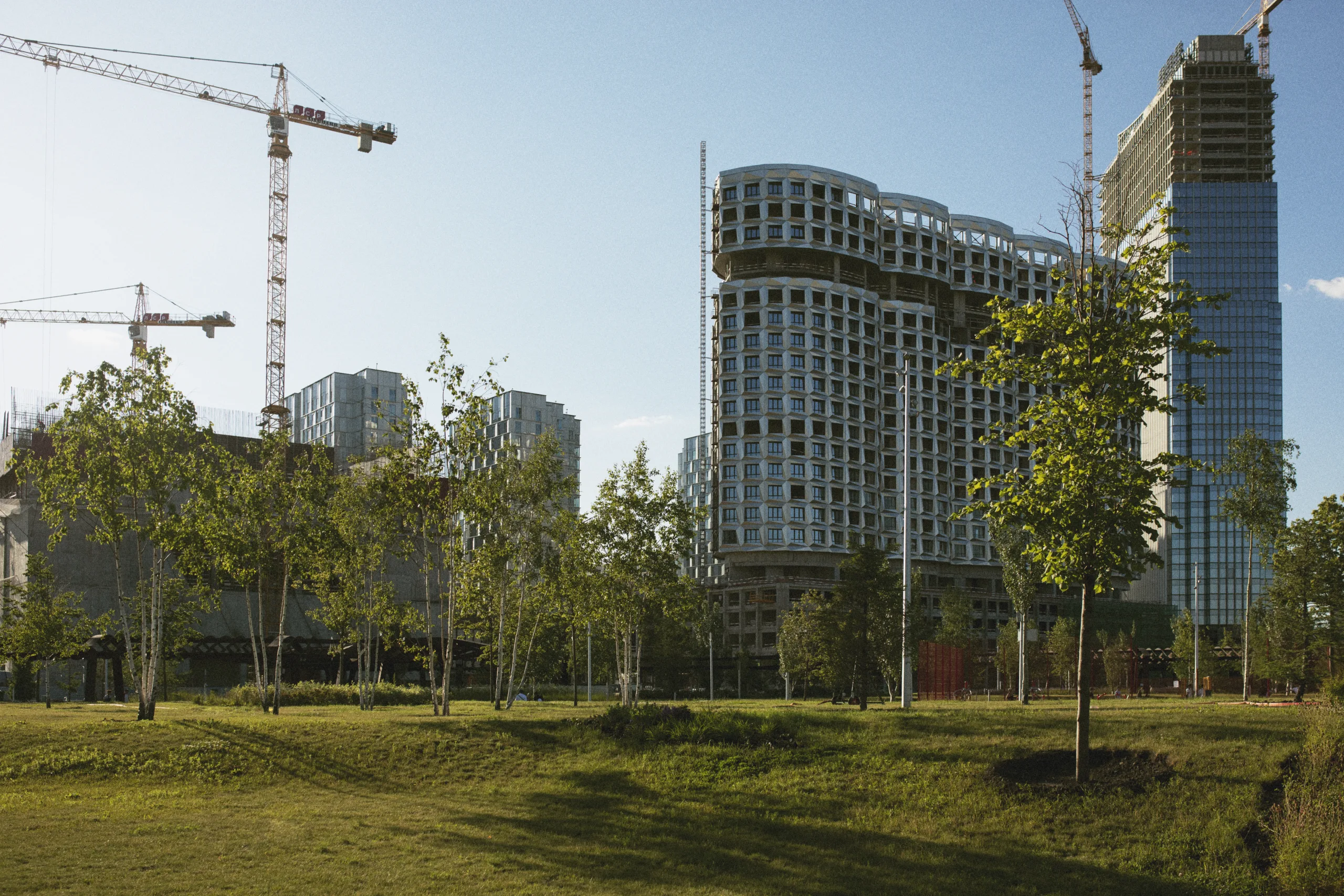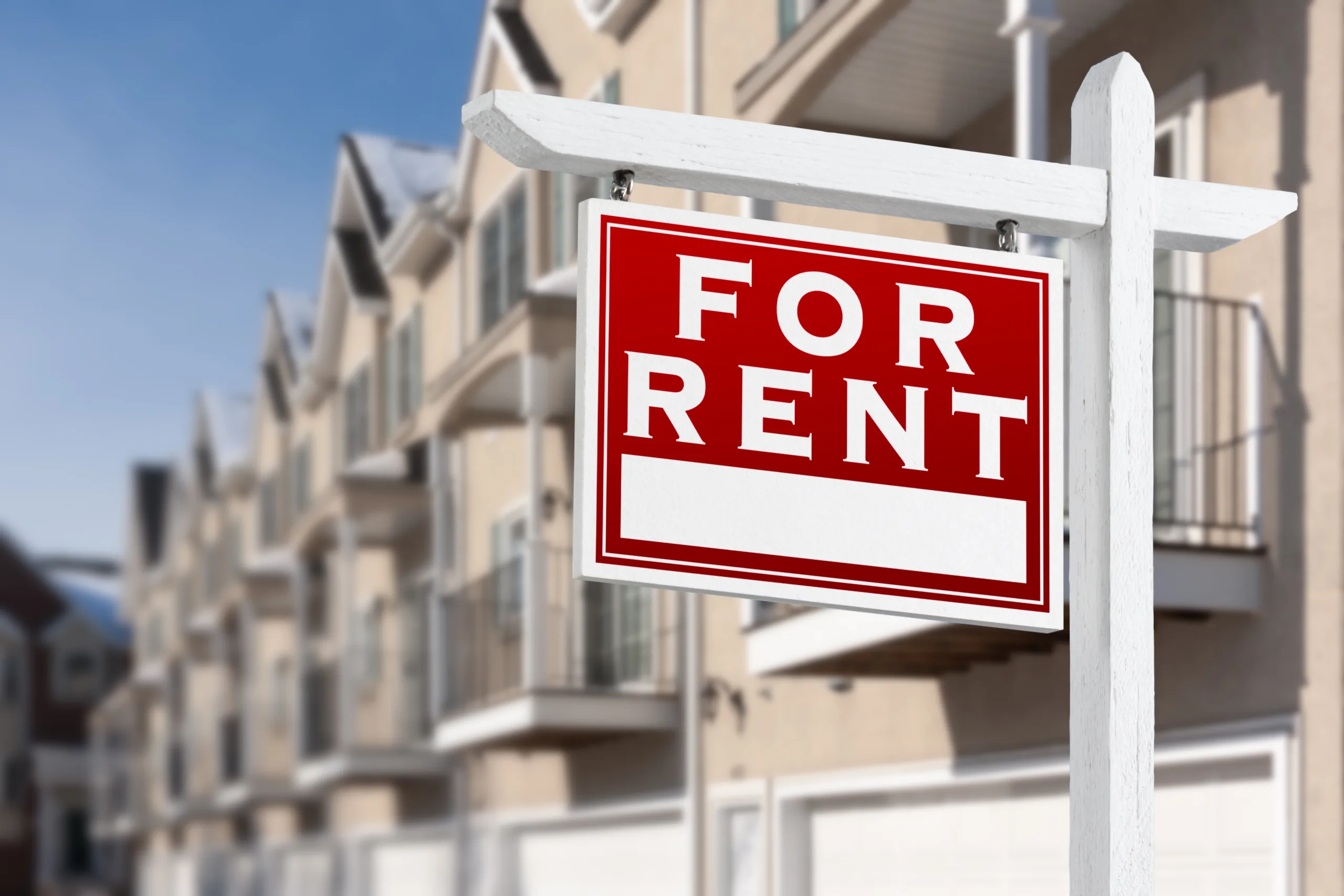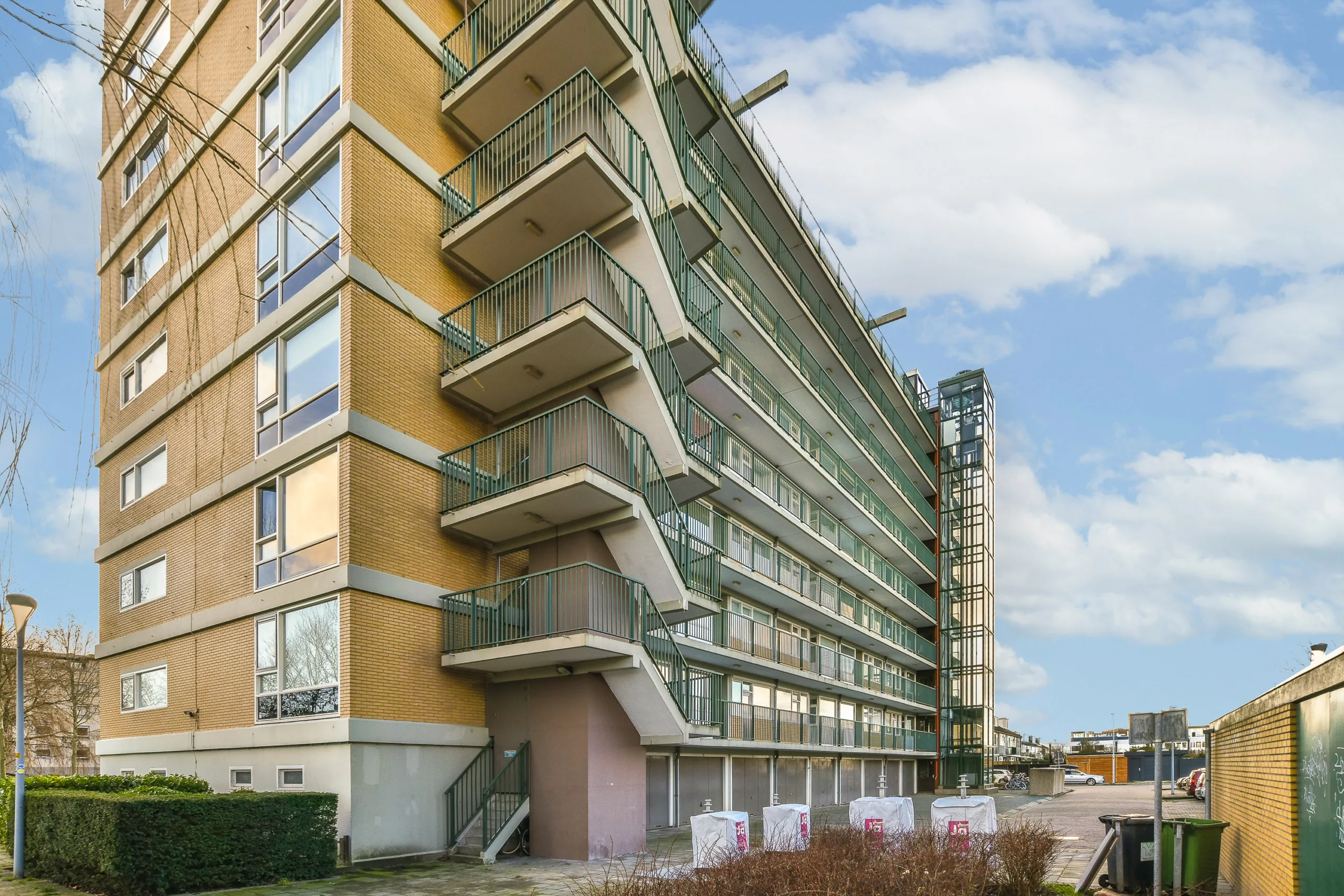- Tenant buildouts are getting more expensive, with construction costs outpacing improvement allowances in 2025.
- New tariffs on materials like steel and glass are driving fresh cost inflation across the office sector.
- Leasing activity is rising, but most deals involve relocations that require costly buildouts.
- Landlords face pressure, as generous allowances no longer cover full fit-out costs, especially for older assets.
TI Costs Still Climbing
Tenant buildout costs have continued to rise across US office markets, even as tenant improvement allowances (TIAs) plateau, reports GlobeSt. A new report from Savills and CompStak finds that weighted TIAs have jumped 112% since 2016, peaking in 2025. But the annual rate of increase has now slowed for four straight years, suggesting landlords are nearing their financial limits.
Though TIAs remain well above pre-pandemic levels, many tenants are discovering that today’s dollars don’t go as far in covering construction costs—especially as material prices rise again.
Tariffs Resurface As A Key Pressure Point
A fresh wave of tariffs implemented in April 2025 is reigniting inflation across the construction sector. The Producer Price Index for nonresidential construction inputs has climbed for eight straight months, led by rising costs for steel, aluminum, glass, and lumber.
The tariffs are straining an already imbalanced market, where domestic supply can’t make up for reduced imports. Developers and landlords are now forced to contend with unpredictable pricing and tighter budgets, even as tenants demand high-end finishes.
Get Smarter about what matters in CRE
Stay ahead of trends in commercial real estate with CRE Daily – the free newsletter delivering everything you need to start your day in just 5-minutes
Office Deliveries Fall To Decade Low
With financing scarce and demand fragmented, the US office pipeline continues to shrink. Only 31M SF of new office space was delivered in 2024—a 42% decline from 2019 and the lowest total in over a decade. New construction starts are limited and largely contingent on heavy preleasing, reflecting broader caution across the sector.
This scarcity is driving a flight to quality. Landlords with newer, well-located assets are seeing stronger leasing interest and can hold firm on tenant improvement (TI) caps. In contrast, owners of aging buildings are being forced to increase concessions to stay competitive.
Tenants Are Moving—And Spending
Despite mounting costs, leasing activity is picking up. Roughly 115.3M SF was leased in the first half of 2025, up 14.5% year-over-year. Notably, 74% of large deals this year involved new leases or relocations—decisions that often trigger full buildouts.
While this trend signals increased long-term confidence, Savills warns it may reverse if economic volatility returns, pushing tenants back toward renewals and lighter capital commitments.
Debt Stress Hits Historic Levels
Financial pressure across the office sector continues to intensify. Trepp reports that lenders are now grappling with nearly $85B in distressed office CMBS loans, as delinquency rates hit a record 11.7% in August. Urban office assets account for nearly two-thirds of that figure, exacerbating risk for landlords already facing tight liquidity and high capex demands.
The TI-Lease Term Tradeoff
Savills also highlights a growing correlation between TIAs and lease term lengths. From 2021 to 2025, the correlation jumped to 0.76—up from 0.55 in the previous five years. Tenants pursuing higher TI packages are increasingly willing to sign longer leases, as both sides seek stability amid cost uncertainty.
Outlook: A Market Split In Two
The office sector is bifurcating. Trophy assets in prime locations continue to draw tenants and offer robust TI packages. Meanwhile, landlords with mid-tier or outdated buildings face difficult trade-offs—offering bigger incentives or risking prolonged vacancies.
Construction inflation is resurging, development activity is at historic lows, and capital markets are tightening. Tenant improvement allowances remain generous by historical standards. However, they may no longer be enough to bridge the gap between tenant ambitions and what is financially feasible.
